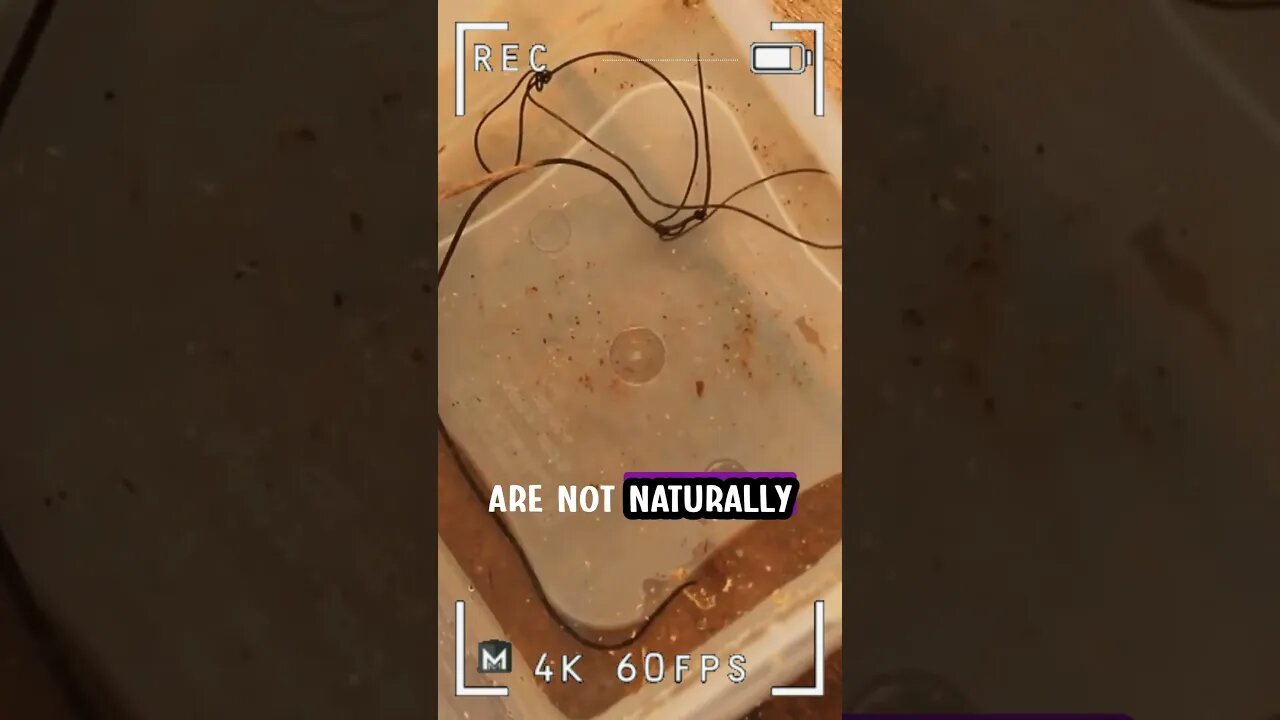Premium Only Content

Reason Behind Mind Controlling Parasite in Praying Mantis
#animalfacts #animalsvideo #animalslover
Parasites that manipulate the behavior of praying mantises to make them go near water are often doing so as part of their life cycle strategy. One example of such parasites is hairworms (nematodes of the Mermithidae family), which are known to infect and control mantises.
These hairworm parasites spend part of their life cycle in water. They lay their eggs in water sources like ponds, streams, or puddles. To complete their life cycle, the parasites need to return to water where their young can hatch and develop. However, adult mantises are terrestrial creatures and are not naturally inclined to seek out water sources.
The parasites manipulate the mantis's behavior by affecting its nervous system. They might release chemicals or signals that make the mantis feel thirsty or restless. The manipulated mantis then becomes driven to find water, even though it's not something it would normally do. This leads the mantis to move toward water sources, which is exactly what the parasites need to continue their life cycle.
Once the manipulated mantis reaches the water, the adult hairworm parasites inside it can exit the host's body and lay their eggs in the water, where the eggs hatch into larvae. These larvae can then infect new hosts (like insects that live in the water) and continue the cycle.
In essence, the parasites use the mantis as a way to transport themselves to the water, even though it's against the mantis's natural behavior. This manipulation benefits the parasites by ensuring that their young are released into the water where they can continue their development and infect new hosts.
-
 1:00:37
1:00:37
Bright Insight
10 days agoOlmec Heads are Evidence of Lost Ancient Advanced Civilization
133K229 -
 13:43
13:43
Cooking with Gruel
2 days agoCreamy Saffron Risotto
112K20 -
 18:38
18:38
DeVory Darkins
1 day ago $32.52 earnedTrump Makes HUGE Announcement that may spark GOP Battle
108K85 -
 2:13:05
2:13:05
The Nerd Realm
17 hours ago $10.47 earnedNew Years Eve! Fortnite Hunters w/ YOU! Creator Code: NERDREALM
82.9K6 -
 11:04:44
11:04:44
FusedAegisTV
1 day agoNYE Eve! - 2025 Incoming 🎉 - 12hr Variety Stream!
143K7 -
 1:18:52
1:18:52
Awaken With JP
20 hours agoSomehow The World DIDN’T End This Year! - LIES Ep 72
177K93 -
 1:19:34
1:19:34
Michael Franzese
18 hours agoWhat 2024 Taught Us About the Future?
139K34 -
 1:48:09
1:48:09
The Quartering
18 hours agoBird Flu PANIC, Sam Hyde DESTROYS Elon Musk & Patrick Bet David & Woke Witcher?
144K104 -
 4:47
4:47
SLS - Street League Skateboarding
3 days agoLiz Akama’s 2nd Place Finish at SLS Tokyo 2024 | Best Tricks
65.4K6 -
 4:06:54
4:06:54
LumpyPotatoX2
17 hours agoHappy New Year Rumble ! - #RumbleGaming
47.9K1